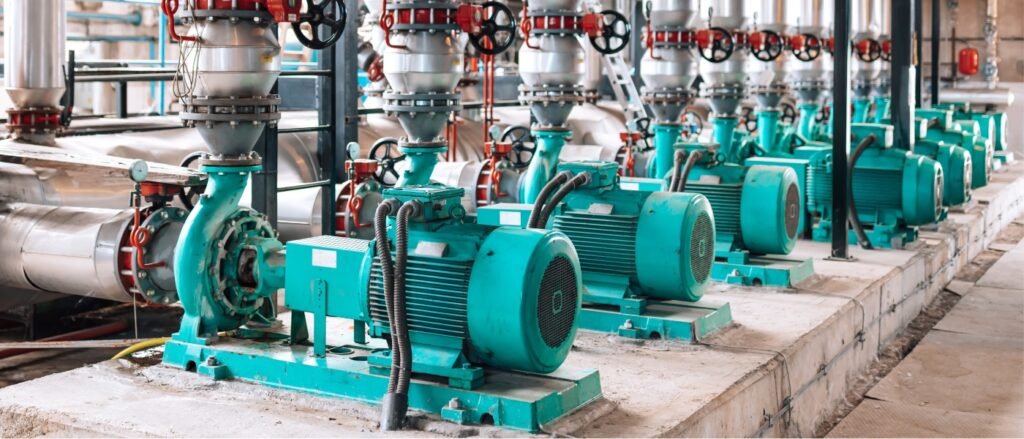
Vietnam’s manufacturing sector has emerged as a key focal point for international investors due to its rapid growth, strategic location, and favorable business environment. The sector has demonstrated remarkable resilience and adaptability, making it an attractive destination for global companies seeking to expand their operations in Asia.
Vietnam’s manufacturing sector presents a promising landscape for international investors, characterized by strong growth, competitive costs, and strategic advantages. The sector’s potential for diversification, modernization, and sustainability offers attractive opportunities for global companies. By leveraging government incentives and exploring local partnerships, investors can effectively capitalize on Vietnam’s dynamic manufacturing environment.
ASEAN Business Partners market entry firm can support international investors by providing strategic insights into the Vietnamese market, facilitating regulatory compliance, and identifying suitable local partners. ABP’s expertise ensures a smooth market entry and maximizes investment potential in Vietnam’s thriving manufacturing sector.
Stay up to update with our latest news.
Have Us Contact You

© Copyright ASEAN Business Partners 2025 I Sitemap I Privacy Policy